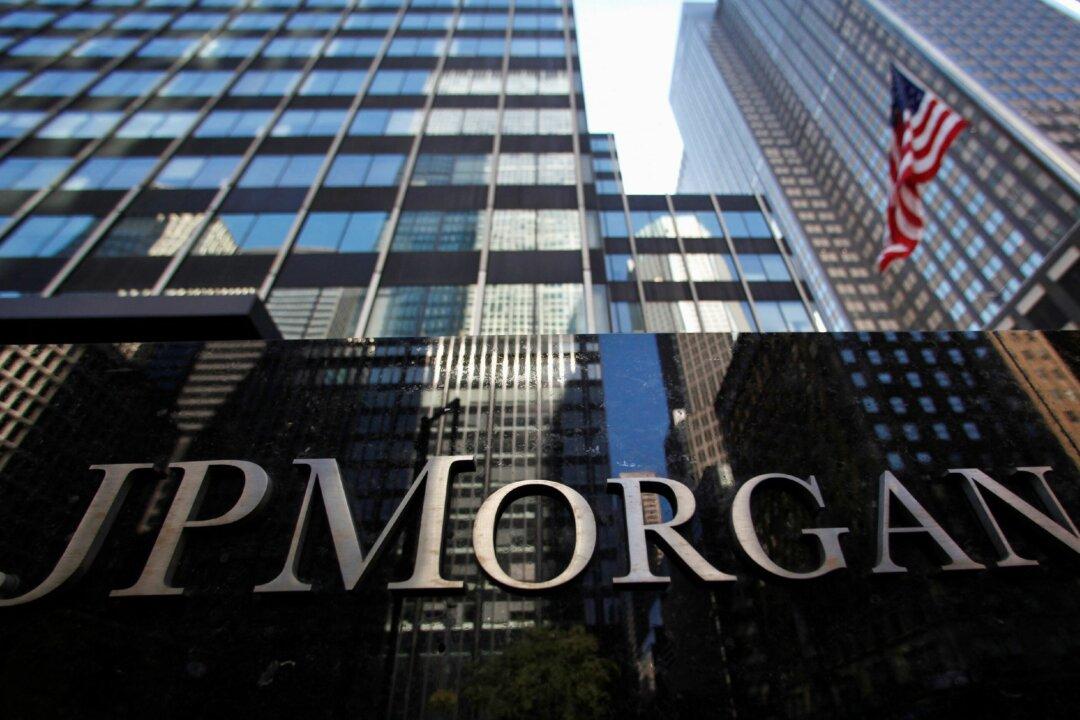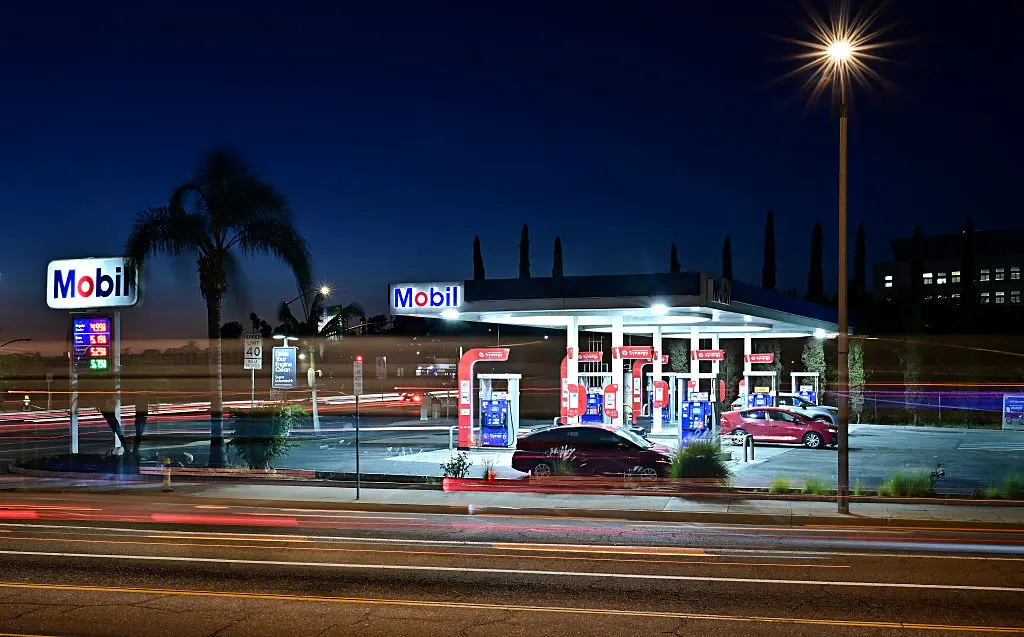Commentary
Putting aside fraud or criminal activity, banks usually fail in one of two ways: through insolvency or illiquidity (or both). Insolvency occurs when the bank doesn’t have enough assets to cover its liabilities. Insolvency tends to emerge gradually: for example, when it develops from deteriorating “main street” economic conditions. On the other hand, illiquidity leads to insolvency much more quickly. Illiquidity results when the bank doesn’t have enough cash on hand to meet its customers’ demands for it, and this can occur rapidly. Deposit runs are one of the main ways a bank can suddenly find itself in a liquidity crisis, which eventually spirals into insolvency.If many large depositors show up all at once demanding their money back, which was the case with Silicon Valley Bank (SVB) and First Republic, the bank, which only has a limited amount of cash on hand at any one time, may be forced to sell other assets, such as investment securities or loans. Rushed and panicked selling in difficult market conditions forces the bank to sell assets for less than their book or intrinsic value. When this happens, the difference between book value and realized value upon a sale results in a loss, depleting capital. Eventually, the bank becomes undercapitalized, or, even worse, finds itself in a deficit, owing more than it owns. Regulators then step in.





